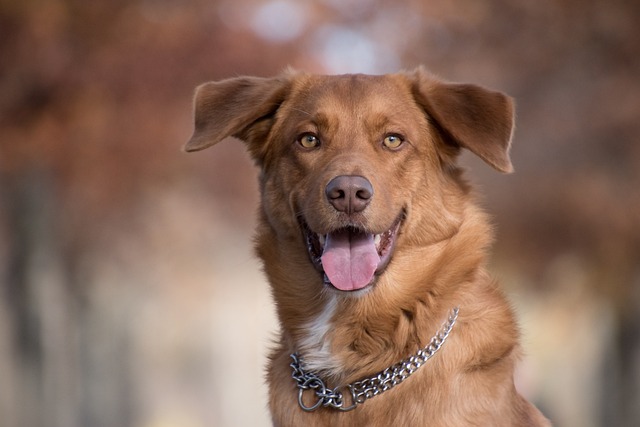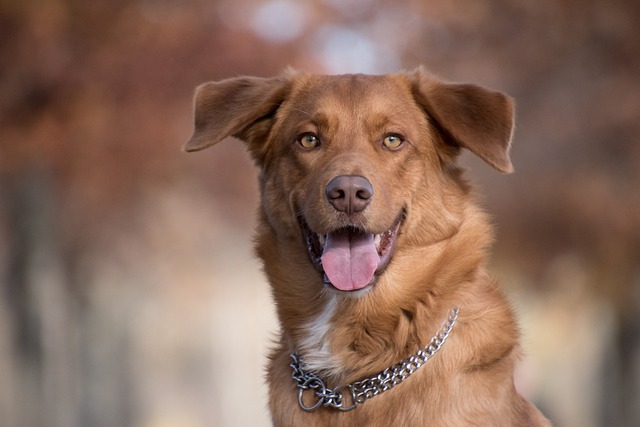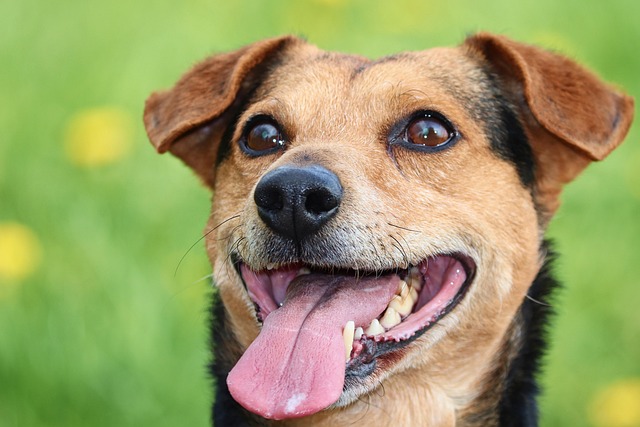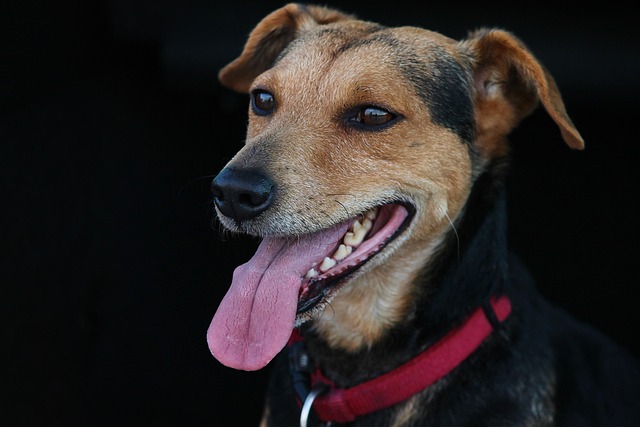
Precautions for raising a dog when the temperature suddenly drops
As the cold wind howls outside the window and the temperature plummets overnight, while you wrap yourself in a thick cotton coat,
As the cold wind howls outside the window and the temperature plummets overnight, while you wrap yourself in a thick cotton coat, don’t forget that the furry little life at home also needs warmth and care. Dogs can’t verbalize their coldness, but their bodies and behaviors signal discomfort—every shiver, every curled-up posture is a silent plea for help from their owners. Sudden temperature drops pose a challenge for dogs, and as their most trusted caregivers, we must master scientific care knowledge and build a protective barrier with attentiveness and love to help them survive the cold days safely.
First, keeping warm is a top priority when the temperature drops. Although a dog’s fur provides some insulation, it still needs extra protection against abrupt low temperatures. For short-haired breeds like Chihuahuas and Doberman Pinschers, their thin coats struggle to fend off the cold, so owners can prepare warm clothing for them. When choosing clothes, prioritize soft, warm materials and proper fit to avoid restricting movement (too tight) or failing to insulate (too loose). Dressing your dog in a small cotton coat before a cold morning walk is like putting on a warm suit of armor. For long-haired breeds, while their fur is thicker, areas like the abdomen and legs are still prone to chilling—especially senior dogs and puppies with weaker immunity, who require extra attention. Place soft, thick mats or warm blankets in their resting areas to create a cozy "den." Imagine a dog nesting on a warm mat and falling asleep peacefully on a freezing day—what a heartwarming scene.
In addition to physical warmth, regulating the temperature of a dog’s living environment is crucial. Position the dog bed in a warm, draft-free corner indoors, away from doors and windows where cold air can enter. If possible, use a heating pad in the bed but ensure the temperature is controlled to avoid burns. For outdoor dogs, reinforce their kennels promptly: seal gaps with windproof materials and line the interior with hay or old clothes for extra insulation. When temperatures drop extremely low, move dogs indoors overnight rather than leaving them in the cold. Seeing dogs live in a warm, comfortable environment brings peace of mind to owners.
A dog’s diet should also be adjusted during temperature drops. Cold weather causes dogs to burn more energy to maintain body heat, so increasing food intake slightly can replenish sufficient calories. Add moderate amounts of protein- and fat-rich foods to their daily diet, such as cooked chicken, beef, or fish, but avoid overfeeding to prevent obesity. Ensure access to warm water at all times—icy water in cold weather can irritate a dog’s stomach and cause diarrhea, just as humans prefer warm drinks to soothe their stomachs in winter. Additionally, prepare warm, liquid foods like vegetable porridge or meat broth to nourish them from the inside out.

Exercise and outings require special attention during sudden temperature drops. While moderate exercise strengthens a dog’s physique, avoid long-duration, high-intensity activities in cold weather to prevent colds. Walk dogs during sunnier, warmer parts of the day, such as noon or afternoon. Minimize time on cold, wet ground to avoid frostbitten paw pads. If the ground is icy or snowy, dress dogs in specialized footwear for protection. If a dog shows signs of shivering or curling up, bring it home immediately to avoid prolonged exposure. Every act of careful care is a commitment to the dog’s health and a response to their trust.
Moreover, sudden temperature drops can affect a dog’s health and trigger illnesses. For example, cold weather may induce respiratory issues like colds or pneumonia—owners should monitor their dogs closely and seek veterinary care if symptoms like coughing, runny nose, or lethargy appear. Low temperatures can also exacerbate joint pain in dogs with arthritis, so owners can apply heat packs or massage to relieve discomfort. Additionally, dry, itchy skin from cold weather can be mitigated by applying pet-specific coat oil to keep skin moisturized.
Every dog is a unique presence in their owner’s life, accompanying us day and night with unconditional love. When temperatures drop suddenly, we must take on the responsibility of caring for them, dispelling the cold and safeguarding their health with professional knowledge and warm love. Seeing dogs remain energetic and happy under our care makes every effort worthwhile. This deep bond across species grows warmer and stronger in the cold days.

As the cold wind howls outside the window and the temperature plummets overnight, while you wrap yourself in a thick cotton coat,

As you sit at the dining table enjoying a meal, your Teddy’s round eyes fix tightly on the food in your hand, filled with longing,

Dogs frequently scratch, their skin turns red, and their eyes water. These symptoms make many pet owners feel pain in their eyes. When faced with dog allergies, everyone is eager to find an effective solution.

In the quiet of the night, you see the soft dog house that was carefully prepared empty, while your beloved dog curls up in the corner of the wall,

When the once gentle and clingy fur baby suddenly bares its teeth at you or launches unprovoked attacks on other people and animals,

When we look at our pet dogs, those bright eyes carry dependence and trust. However, dogs' eyes are fragile and sensitive, and accidental injuries or sudden illnesses may threaten their vision at any time.